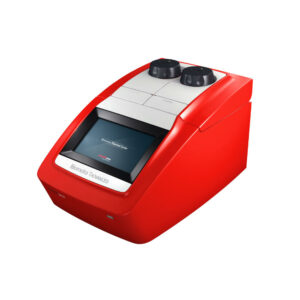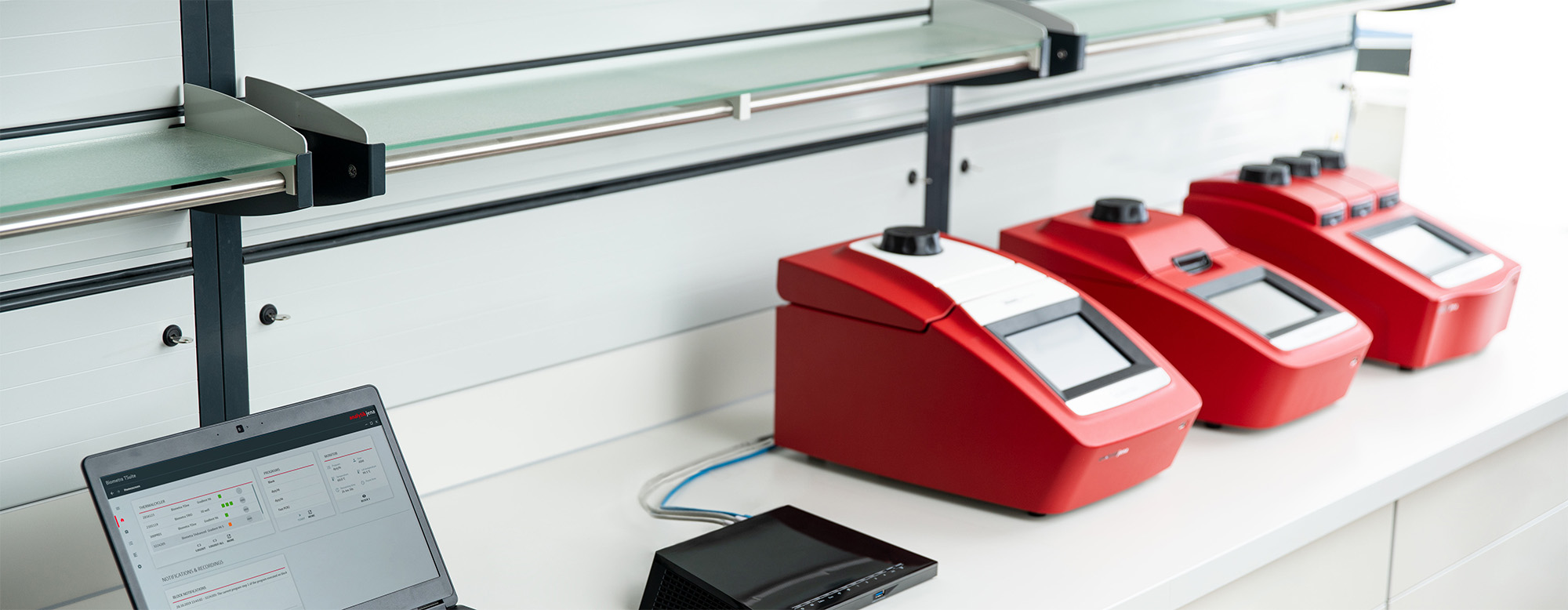
The Foundation for Your Next-Generation Sequencing (NGS)
Biometra PCR and qPCR Thermal Cyclers from Analytik Jena
Over the last decade, Next-Generation Sequencing (NGS) technologies have enhanced various fields of biology and medicine including genomics, personalized medicine, and evolutionary biology. NGS allows for the comprehensive study of entire genomes (DNA) or transcriptomes (RNA), the high-throughput identification of sequence variations, and single cell analysis, providing novel insights into genome structure, function, and variability.
The preparation of sequencing libraries forms the basis of a successful NGS application, involving the generation of modified nucleotide fragments from DNA or RNA samples in a format suitable for sequencing. The entire sequencing process and subsequent bioinformatic analysis are influenced by the quality of this library preparation. Through careful library preparation, the sequencing output can be optimized, technical biases or artifacts inherent in the sequencing process can be minimized, and sequencing coverage can be enhanced, especially for precious sample materials.
Preparation of NGS Sequencing Libraries – Step by Step
Normalization & Pooling: Library concentrations are normalized and pooled to enable simultaneous sequencing of multiple samples.
Fragmentation: In addition to sonification or acoustic shearing, there are also more specific and gentler methods for the sample, such as enzymatic fragmentation.
Reverse Transcription: Reverse transcription is an enzymatic process carried out in a thermal cycler. This process is crucial for converting RNA into complementary DNA (cDNA), which can then be used for sequencing. Regardless of the sequencing technology used, library preparation often involves several steps.
End Repair: This process involves preparing smooth ends of DNA fragments to be compatible with the ligation of sequencing adapters.
Adapter Ligation: Sequencing adapters are attached to the ends of the DNA fragments for complementary binding to the flow cell of the sequencing platform.
Indexing/Barcoding: Unique short sequence indexes are added to each library in order to distinguish between all samples after sequencing for bioinformatic analysis. Those indexes can also be used for multiplex sequencing to fit more samples in one sequencing run by multiple combinations of different index sequences.
PCR Amplification: Enrichment of libraries by PCR is used to amplify the sequencing libraries to a level suitable for sequencing.
Fragment Size Selection/Clean Up: The suitable DNA fragment sizes are selected and purified ensuring high-quality libraries.
Quality Control: The prepared libraries are assessed for concentration and size distribution.
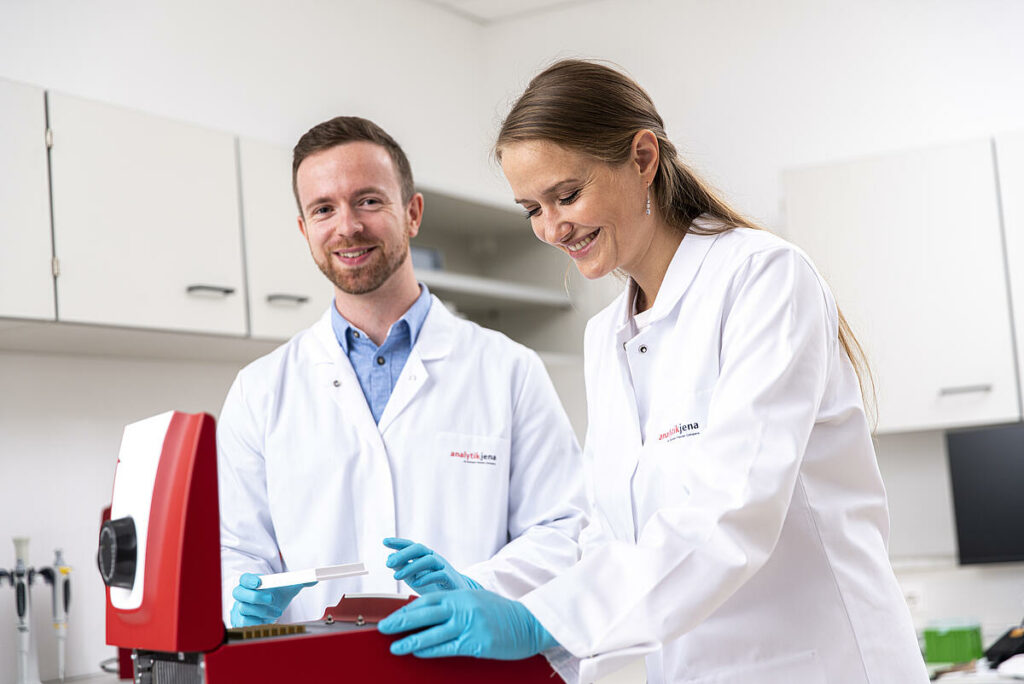
Impact of the Sequencing Method on the Library Preparation
The chosen sequencing technology determines the library preparation process for either short-read sequencing of typically between 50 to 300 bp fragments or long-read sequencing for whole DNA molecules up to Mbp fragments. Fragment size plays a crucial role in NGS library preparation, as it determines the suitability of nucleic acids for sequencing. By controlling factors such as fragmentation method and incubation time, extraction protocols can be adjusted to achieve the desired fragment size in order to optimize sequencing results.
In addition, the library preparation workflow and the necessary steps depend on the area of application and the type of nucleic acid (DNA or RNA). Targeted sequencing focuses on specific areas of the genome, thus limiting the scope of data analysis and at the same time reducing time and costs. This enables sequencing with a much higher level of coverage as the focus is on smaller and specific regions of the genome. Therefore, targeted sequencing requires the amplification of specific gene fragments or panels of genes from a genome. In contrast, Whole Genome Sequencing (WGS) provides a comprehensive view of a whole genome without potential bias from PCR amplicons and is suitable for a wider range of applications.
Impact of the Sequencing Method on the Library Preparation
The quality of the sequencing results depends directly on the quality of the library preparation. All steps of the library preparation require precise temperature accuracy for which PCR thermal cyclers are the perfect platform. Suitable thermal cyclers must fulfil several key parameters:
- Precise Temperature Control Systems: Precise temperature control is essential to minimize PCR bias and the risk of non-specific amplifications.
- Fine-Tuning Reaction Conditions Temperature overshoots and undershoots to reach the target temperature should be avoided, as they can also lead to undesirable amplifications via undefined temperatures. This ensures optimal yield by maintaining enzyme activity.
- High-Performance Lid Pressure: Regardless of the height of the plastic ware used, the thermal cycler should be able to exert a reproducible lid contact pressure. This minimizes the risk of sample evaporation, ensures consistent reaction conditions and prevents cross-contamination.
- Temperature Uniformity: Temperature homogeneity across the entire sample block is essential in order to apply the same conditions in all sample positions and thus generate reliable sequencing libraries.
- Compatibility: The thermal cycler should be compatible with all common PCR consumables, including special adaptors, which are used in some cases in single-cell sequencing.
- Flexibility: Interchangeability of sample blocks is advantageous in order to be able to change to a different thermal cycler block format easily and cost-effectively, even with changing sample numbers and volumes.
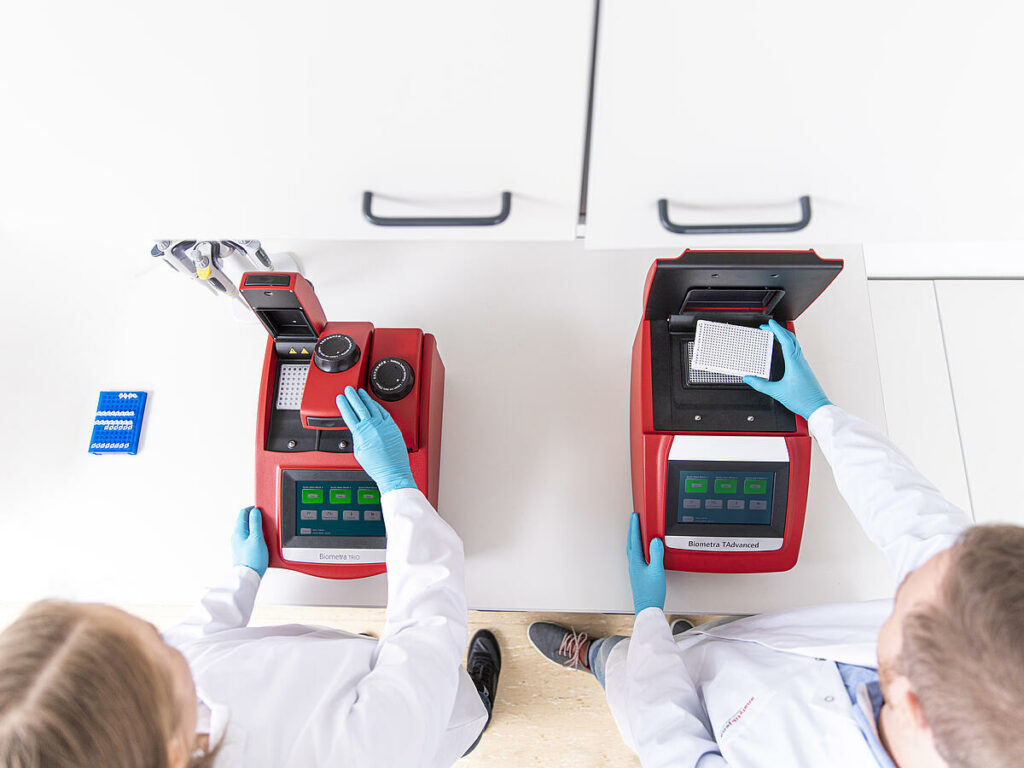
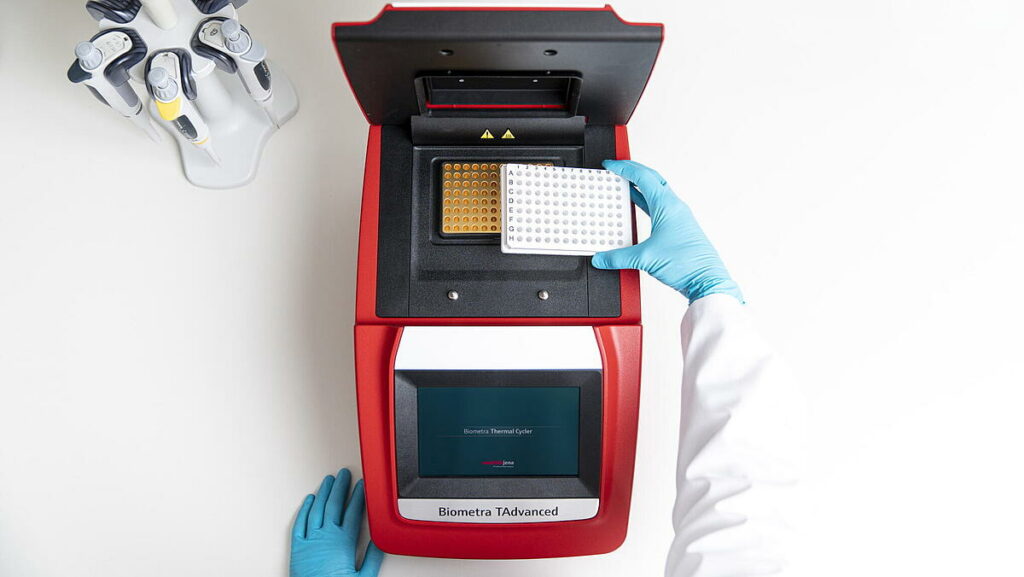
Biometra thermal cyclers are perfectly adapted to the requirements of NGS library preparation. Offering high flexibility with various models and block models, the Biometra thermal cyclers are suitable for different sample throughputs and workflow needs. They are compatible with almost all commercially available PCR plastic consumables. Notably, the Biometra TAdvanced thermal cycler is the only PCR cycler on the market that is verified and recommended by 10x Genomics as compatible with all of their innovative methods at the single-cell level and in spatially resolved samples, making the Biometra TAdvanced a future-proof investment. By addressing these key aspects, the Biometra thermal cycler ensures reproducibility, minimizes bias, and optimizes yield, thereby enhancing the efficiency and reliability of NGS library preparation.
Important Quality Control Assessments
In NGS library preparation, quality control plays a pivotal role to ensure the success of downstream sequencing processes. By leveraging qPCR for accurate quantification and gel electrophoresis for fragment size validation, you can confidently validate the quality and quantity of DNA fragments and optimize NGS workflows for reliable and reproducible results.
qPCR as the Gold Standard for Library Quantification
qPCR is widely recognized as the gold standard for quantifying DNA fragments in NGS library preparation. It’s not only endorsed by NGS kit reagent providers but also acknowledged as the method of choice by researchers worldwide. Determining the library concentrations by qPCR benefits from precise quantification for the optimal normalization factors between multiple samples, leading to optimal results achieved through optimal flow cell loading. Furthermore, qPCR is a cost-efficient technology, which minimizes the need for excess sample material and prevents unnecessary experiment repetitions, resulting in reduced costs and optimal utilization of resources.
Gel Electrophoresis for Fragment Size Validation
Gel electrophoresis serves as an effective method for checking DNA fragment sizes. Thistle Scientific offers solutions for every throughput. Gel electrophoresis is a cost-efficient method that enables you to use your resources economically.
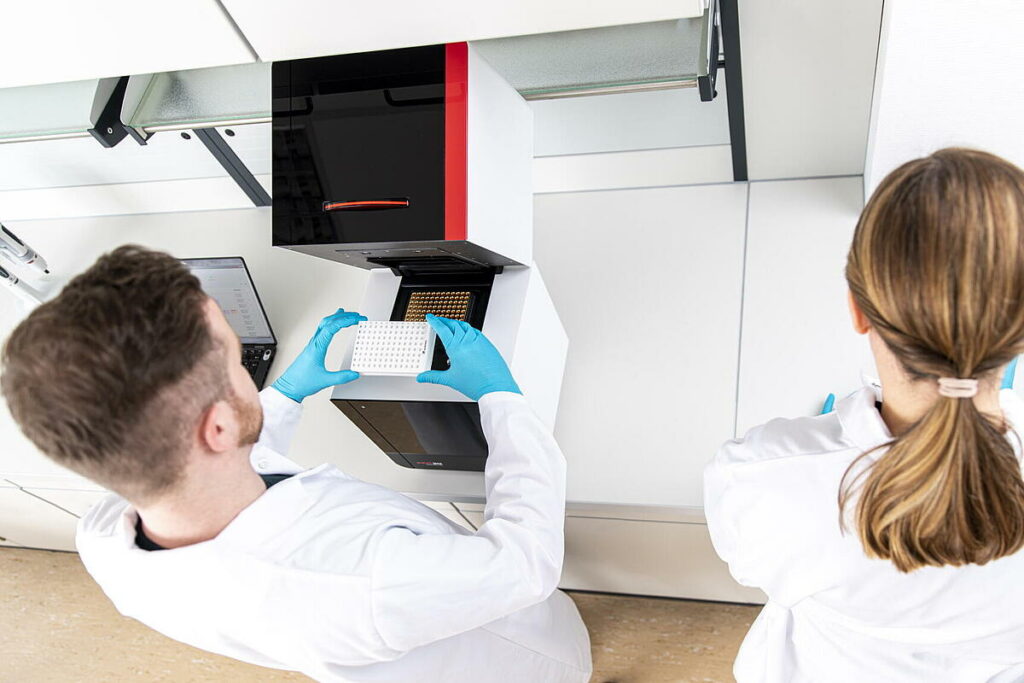
Our Products
The Biometra TAdvanced thermal cycler is the only PCR cycler on the market that is verified and recommended by 10x Genomics as compatible with all of their innovative methods at the single-cell level and in spatially resolved samples, making the Biometra TAdvanced a future-proof investment.
